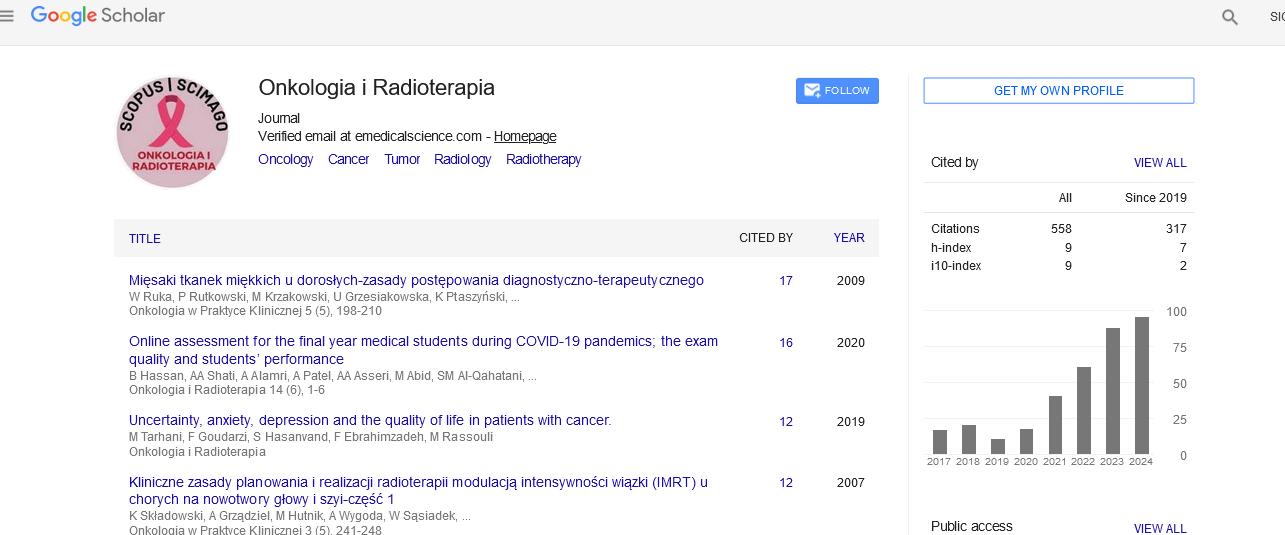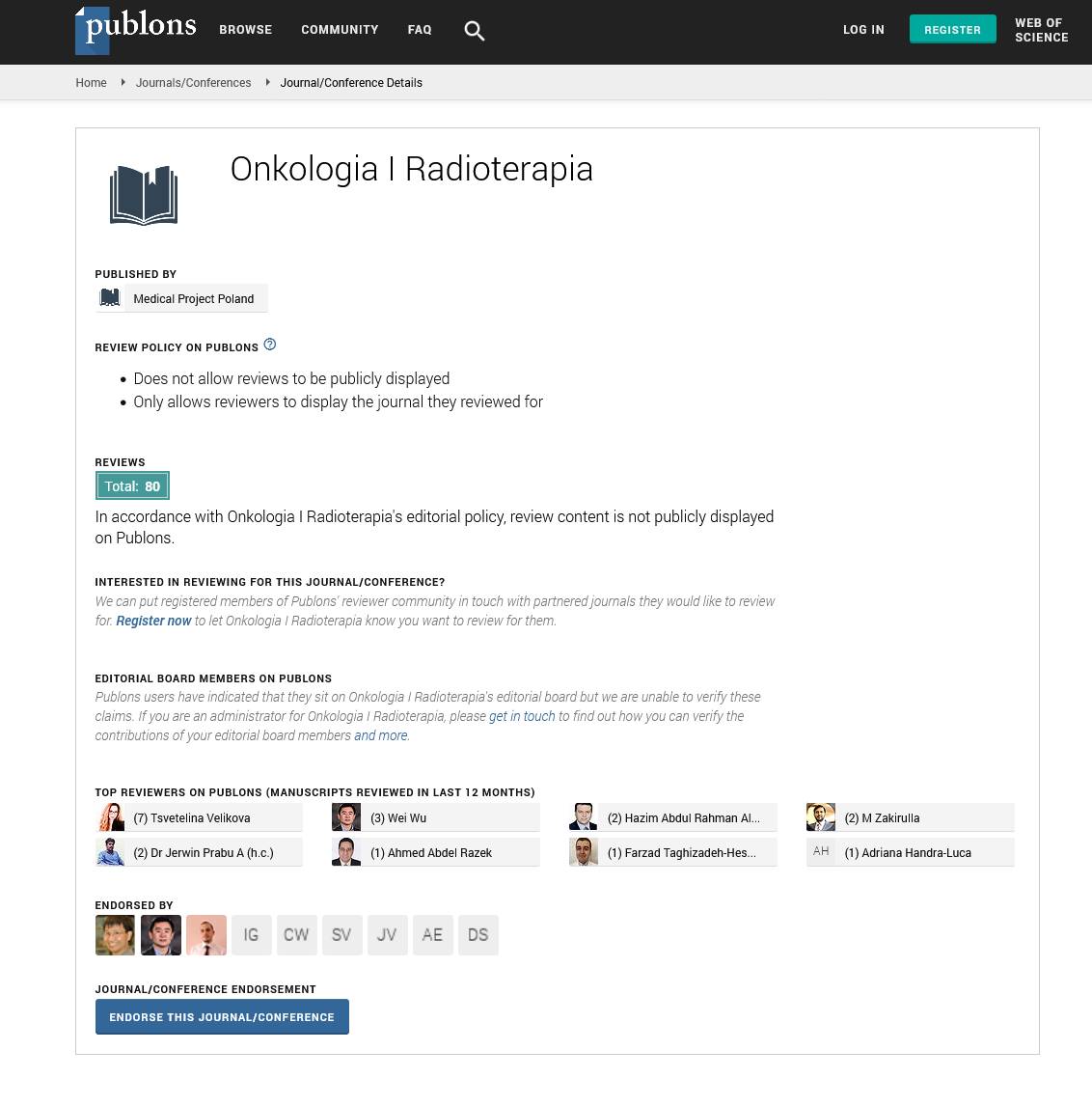Assessment of healthcare access barriers: A household survey in Ramadi city, Western Iraq, with implications for oncology care
Abstract
Author(s): Mustafa Ali Mustafa Al-Samarrai*, Ahmed K Al-Delaimy, Ban Nadum Abdul Fatah, Yaseen T Sarhan, Badea'a Thamir Yahyaa, Ru'ya Abdulhadi Al-Rawi, Aghdeer Salim Turkey and Noor AbdulAzeez Jawad
Background: Many studies have emphasized the importance of accessing health care as a vital matter for planning and customizing health resources. This study aims to predict factors to access healthcare facilities by comparing the use of public and private healthcare sectors.
Methods: A cross-sectional study was conducted to survey head of household from 1st to 28th February 2022 in Ramadi city, Anbar province, Iraq. Data of 392 households were collected using semi-structured questionnaire through face-to-face interview. A multistage sampling technique was used to reach the target population. Univariate, bivariate, and multiple logistic regression were recruited to analyze the data and to predict variables. The statistically significant is considered at less than 0.05.
Results: The mean age of respondents was 42.03 (± 11.36) years (range: 25 to 64 years). Most of respondents were females (51.8%), marries (61.7%), Out of total surveyed people, 52.8% were young (less than 44 years), male-headed families (59.6%), low educated level (65.5%), unemployed (50.8%), %), less than bachelor (55.4%), and earning monthly income of USD 400 and above (58.4%). More than sixty percent (62.5%) had frequently attended private healthcare institutions, however, 75.5% self-ranked health as good. Result of logistic regressions showed that the head of household who aged 45 years and more (POR=3.738, 95% CI: 1.746 to 8.004), married (POR=3.419, 95% CI: 1.724 to 6.781), monthly income is USD 400 and more (POR=3.240, 95% CI: 1.566 to 6.703), family of less than 7 members (POR=3.092, 95% CI: 1.553-6.159), did not exposed to internal displacement (POR=8.317, 95% CI: 4.023 to 17.192), employed (POR=7.727, 95% CI: 3.687 to 16.197), contracted COVID-19 infection (POR=5.938, 95% CI: 2.692 to 13.097), and had bachelor degree and above (POR=4.836, 95% CI: 2.316 to 10.099), are significantly associated with attending private healthcare sectors.
Conclusion: The levels of income and employment variables have impact on the accessibility and utilization of healthcare services in public and private health sectors.
Share this article


Editors List
-
RAOUi Yasser
Senior Medical Physicist
-
Ahmed Hussien Alshewered
University of Basrah College of Medicine, Iraq
-
Sudhakar Tummala
Department of Electronics and Communication Engineering SRM University – AP, Andhra Pradesh
-
Alphonse Laya
Supervisor of Biochemistry Lab and PhD. students of Faculty of Science, Department of Chemistry and Department of Chemis
-
Fava Maria Giovanna
Google Scholar citation report
Citations : 558
Onkologia i Radioterapia received 558 citations as per Google Scholar report
Onkologia i Radioterapia peer review process verified at publons
Indexed In
- Directory of Open Access Journals
- Scimago
- SCOPUS
- EBSCO A-Z
- MIAR
- Euro Pub
- Google Scholar
- Medical Project Poland
- PUBMED
- Cancer Index
- Gdansk University of Technology, Ministry Points 20

